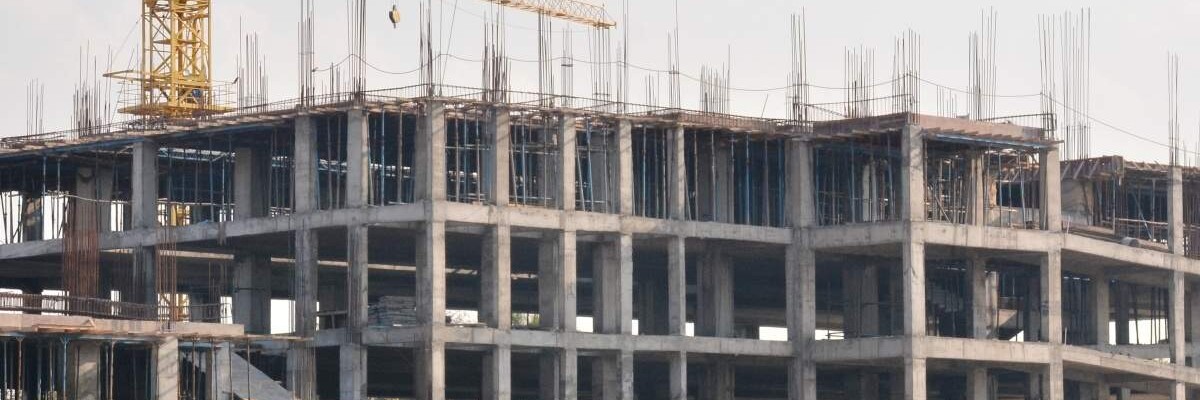The new method of producing cement will help to avoid carbon pollution, and all by-products will be fully reusable.
Cement production has an enormous impact on the greenhouse effect. Each year, we produce 3-4 billion tonnes of cement. For each kilogram of cement produced, approximately one kilogram of CO2 is emitted into the atmosphere. Considering today’s rate of construction, the number of new buildings will see a twofold increase by 2060.
The main type of cement used in construction, Portland cement, is produced by burning sand and clay together with ground limestone. In the course of this process, CO2 is created in two different steps - while burning carbon and then by burning gases that are emitted from the limestone at high temperatures. These chemical process equally contribute to the final carbon dioxide emissions.
A new method proposed by researchers at the Massachusetts Institute of Technology (MIT), gets rid of carbon dioxide emissions entirely. Furthermore, all by-products created in this process can be fully reused.
The new method is based on a transition to renewable energy sources and an elimination of limestone burning. Thus, both sources of CO2 are removed. Electrolysis is proposed as an alternative to burning limestone. On one of the electrodes, limestone powder is dissolved using an acid, with calcium hydroxide (or lime) deposited on the other electrode, which is used to obtain calcium silicate.
Thanks to this system, all of the carbon dioxide is captured, so it can be reused for production of liquid fuel, carbonated drinks and dry ice, as well as oil regeneration.
The resulting hydrogen and oxygen can also be used for energy generation. Thus, the new production cycle has only one remaining by-product, water vapor.
Share this with your friends!





Be the first to comment
Please log in to comment